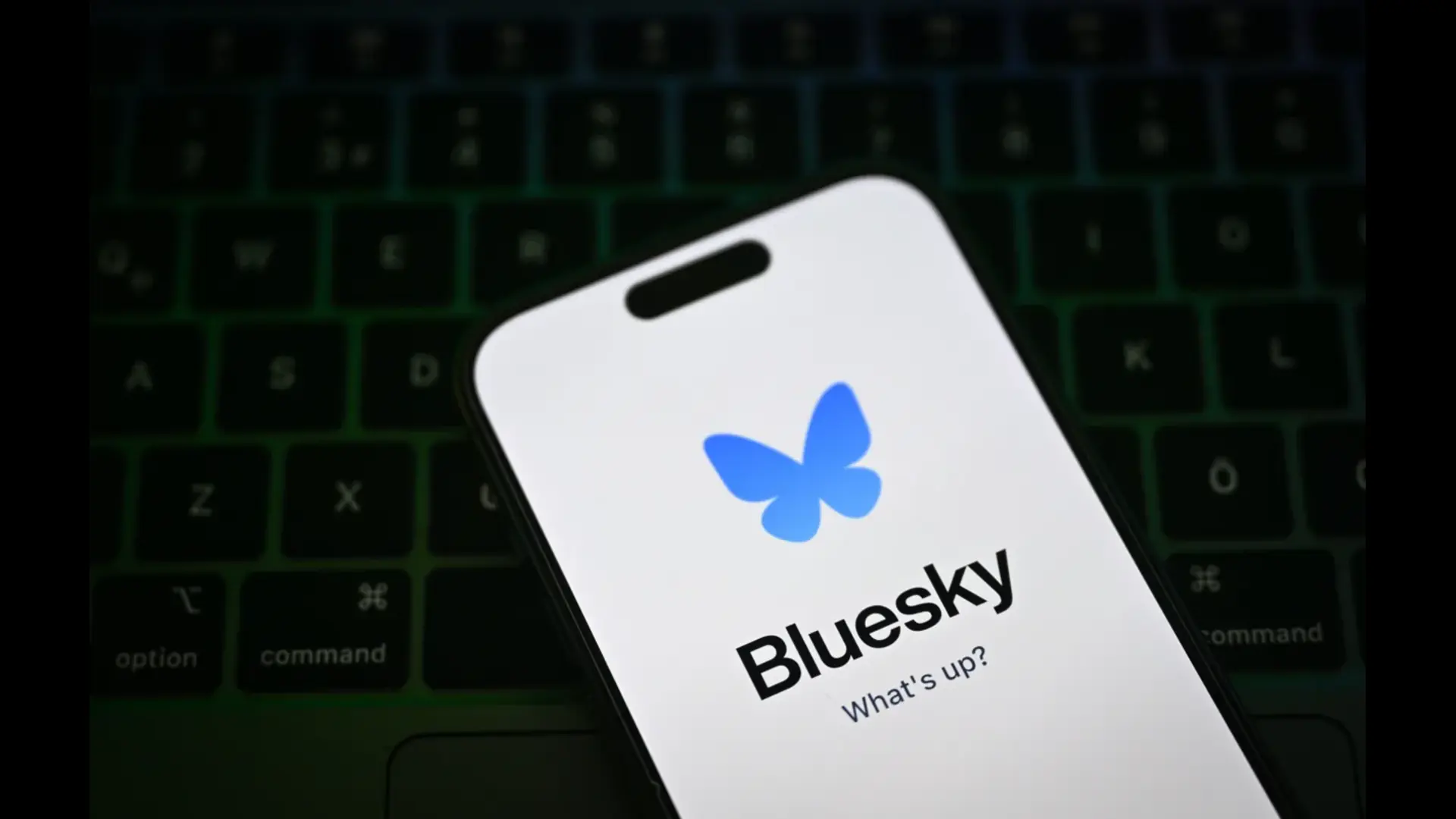The word Tokenization stands for the process of exchanging sensitive data for non-sensitive data which are known as “tokens”. Tokens are data in an encrypted form that is impenetrable and irrevocable in nature and generally, they are of unrelated values. Tokens hold no value on their own as they can be used by removing precious data from your environment and replacing it with these tokens.
The concept of Digital tokenization was first coined by TrustCommerce in 2001 to assist a client in protecting and keeping his customer’s MasterCard information. Storage of cardholder data by merchants on their own servers posed a great amount of risk, as that would let anyone who had access to their servers potentially view or cash in with such details of these customer MasterCard numbers and can indulge in misadventure.
That was the first-generation tokenization that demonstrated the technology’s utility when security worries and regulatory constraints emerged on regular basis.
Well, here in this article we talk about tokenization, particularly tokenization in the Blockchain:
In the year 2018, a start-up company by the name of Maecenas introduced a revolutionary concept of tokenization into the art industry involving blockchains and cryptocurrencies. The tales about the art industry were notoriously archaic since the beginning is no secret, as the gavel and paddle methods were used to sell paintings, sculptures, and other art-related accessories. While, the auctions, on the other hand, were limited to only allowing a small number of attendees, and in-person bids were to be placed. Furthermore, the exorbitant costs of artworks made selling a challenging thing.
Tokenization in art, lets the art piece be owned within the portion, where the worth of the art is converted into digital tokens that investors or buyers can own. This also lets the smaller investors have the prospect to take a position in expensive art pieces and obtain the simplest value for themselves in the future through that artwork. Tokenization makes the method of buying the art be treated as an investment that is similar to land and shares.
Tokenization in real estate tokens consists of a finite number of representative tokens that can be viewed as distributable property ownership. Here in real estate, tokenization happens to be the process of converting land assets into several virtual land tokens. Further, these tokens are sold on a web marketplace where the purchaser of a specific land token owns that particular portion of the land as an asset.
The real motive behind tokenization is to secure real assets and that’s why in real estate these are also called security tokens. This is like securitizing an asset, where it gets divided into shares or splitting an asset into land tokens. Overall, this breaks entry barriers for the small investor and gives them an opportunity to participate in real estate investment with less amount of liquidity while achieving cost reduction.
Token financing has great potential to transform our day-to-day economic activities drastically. Security tokens will let organizations bring real-world assets online, and at the same time will push for decentralized finance (DeFi) that aims to exchange all existing financial services.
Token financing offers companies a plethora of advantages. Token financing can offer lower entry barriers for micro investors, and for companies, it provides a wider market to boost funds. Specialized tokenization platforms, including Polymath, Stobox, Tokeny, or Securities, offer easy-to-use tools to develop the specified smart contracts, deploy a security token, verify investors and lift funds. Token financing simplifies raising funds across borders, opening up new markets, easier the traceability of funds, and improving communication with investors.
In the gaming sector, players are constrained by traditional in-game virtual item purchases across all devices. Whenever a player buys an in-game asset like such as weapon, armor, or avatar clothing, although it shows they own it but in actually they are not its owner. Those bought assets is playable in game but remains locked in a virtual environment and the buyer is only licensed to use it within the game software. But with the arrival of tokenization in gaming, that same asset could be traded or sold by the buyer to other players, or can even transfer them between gaming environments. Blockchain development can be utilized by the games to permit players to truly own the things they buy as ‘crypto collectables.’
Tokenization is can be applied to all or any markets and every sort of assets, but in the case of the valuable metals market, it becomes extremely useful. Bullions are one among the simplest things that is useful and gets stored, but it becomes harder and riskier to move metals like gold, silver or platinum, especially in larger quantities.
Metals trading industry at large can be benefited by tokenization but in order to happen that that, it has to becomes more inclusive. Tokenization is often considered an optimal sort of exposure to precious metals, as from an investor’s point of view it provides many advantages over both physical metals and precious metals.
Tokenization along with blockchain offers the inherent advantage of decentralization and enough room for countless opportunities across numerous industries. Tokens can divide any investment, property, or asset into multiple numbers of fractions and this lets small investors discover new opportunities. However, experts at Rejolut say, since it’s a comparatively new concept and would require some improvements before it gets adopted on a large scale.















